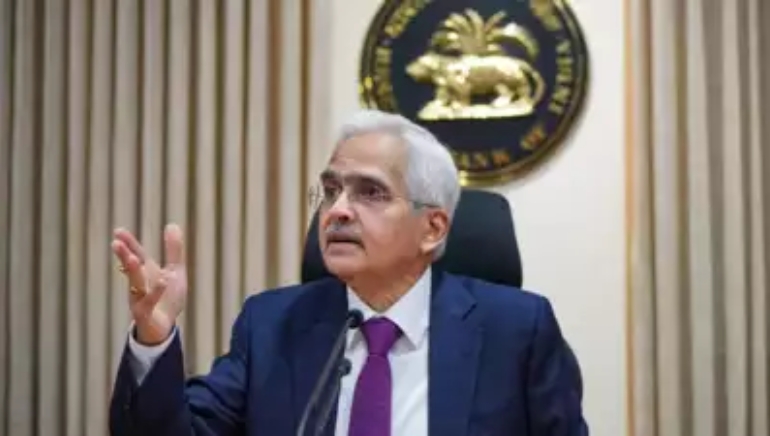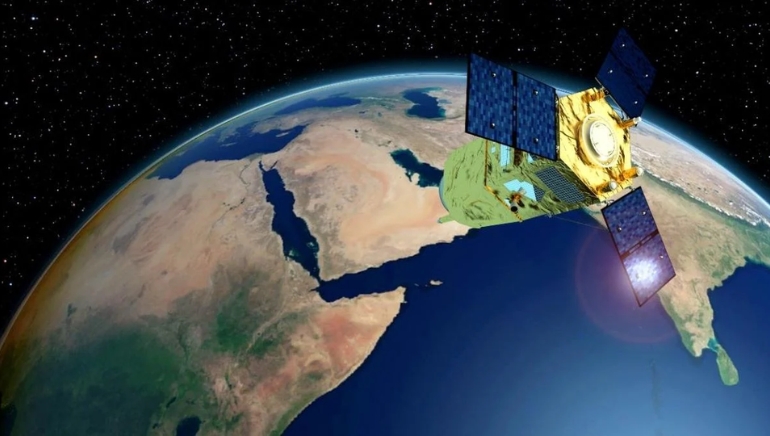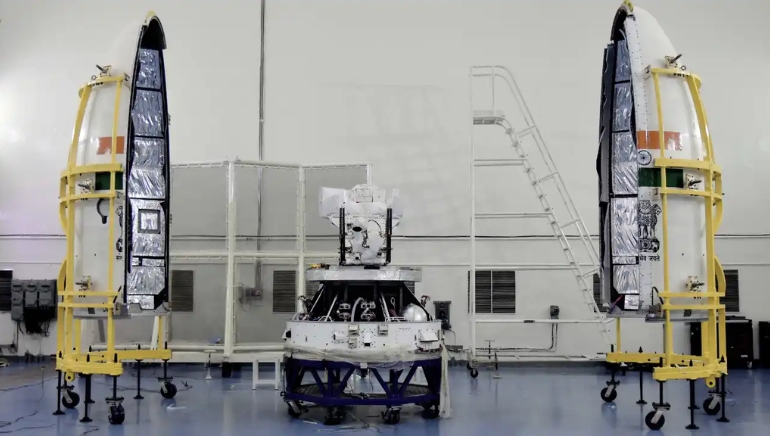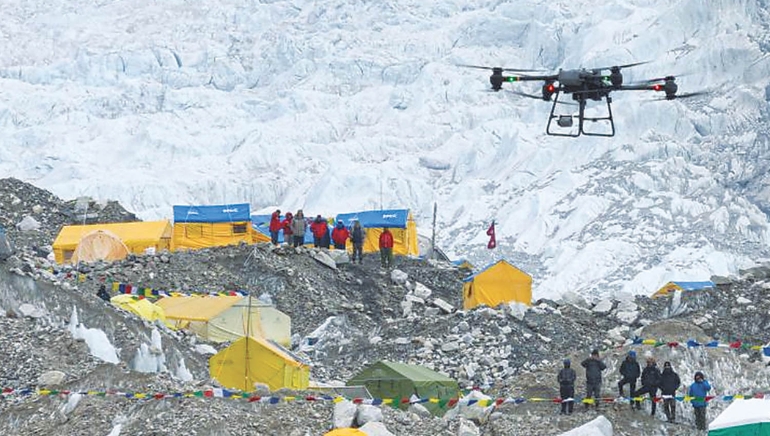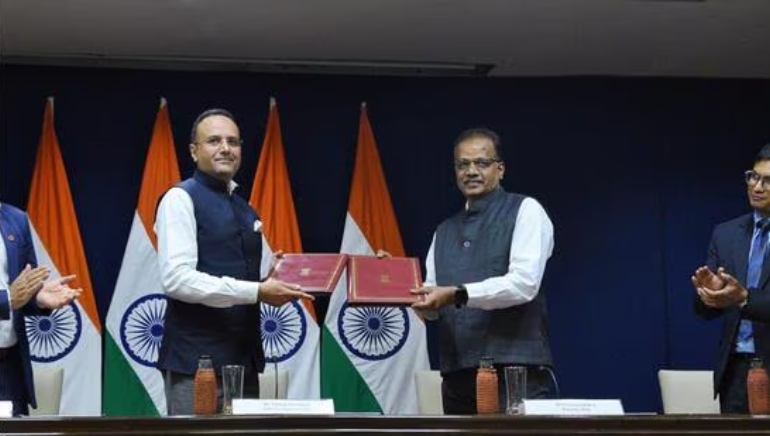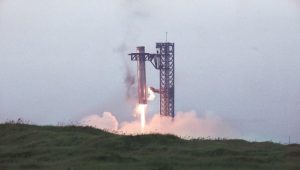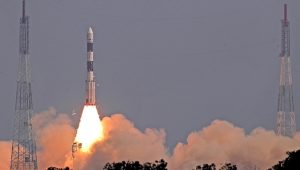On Tuesday, Bengaluru-based Flying Wedge Defence and Aerospace (FWDA) proudly announced the successful inaugural flight of India’s first domestic unmanned bomber, the FWD 200B. According to FWDA Founder and CEO Suhas Tejaskanda, this cutting-edge Medium Altitude Long Endurance (MALE) Unmanned Aerial Vehicle (UAV) is capable of flying at altitudes of up to 15,000 feet and is outfitted with advanced optical payloads for surveillance as well as missile-like weapons for precision air strikes and bombing operations.
“The FWD 200B’s aerodynamics, airframe, propulsion systems, control systems, and electronics are entirely developed and manufactured in India at our cutting-edge facility in Electronic City, Bengaluru,” Tejaskanda told me. The aircraft has a wingspan of five meters, a length of 3.5 meters, a maximum takeoff weight of 102 kilogrammes, and a payload capacity of 30 kilogrammes.
It can cruise at 152 km/h and reach a top speed of 250 km/h. The aircraft only needs 300 meters of runway, allowing it to operate from shorter airstrips. The FWD 200B has an excellent endurance of seven hours and a range of 800 km, allowing for longer missions without the need for frequent refuelling or landing.







